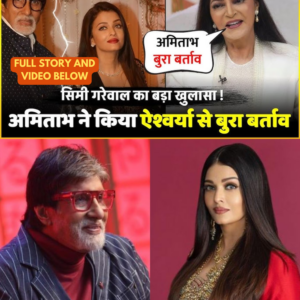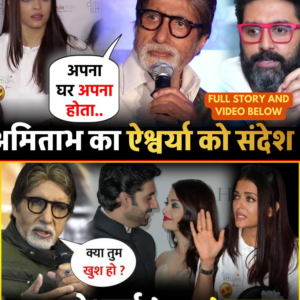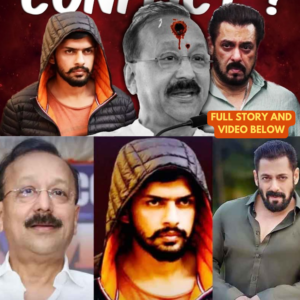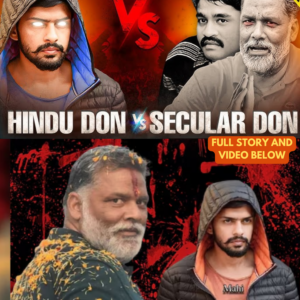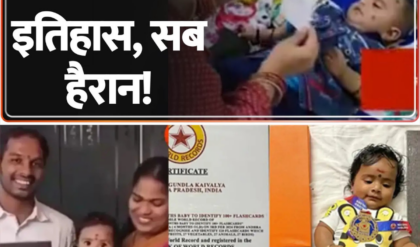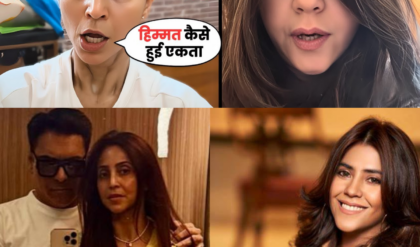Lawrence Bishnoi’s unseen video and a question| Salman Khan | Sushant Sinha | Baba Siddique | Dawood
In a recent video, Sushant Sinha explores the rising discussions surrounding Lawrence Bishnoi, a name that has dominated social media in recent times. The video delves into public perceptions of Bishnoi, particularly his portrayal as a hero by some users, despite his criminal background. This stark contrast raises intriguing questions about societal values and the admiration for figures who operate outside the law.
Bishnoi is often referred to as a gangster, yet many people have begun to view him through a different lens. Sinha highlights various social media reactions, including one where a user claims that if individuals like Afzal Guru and Burhan Wani can be seen as heroes, then Bishnoi deserves the same recognition. This sentiment reflects a significant shift in how certain segments of society perceive criminal figures.
The video features a particularly striking moment where a child expresses admiration for Bishnoi. This revelation underscores the troubling trend of youth idolizing individuals with questionable morals and actions. The child’s statement raises alarms about the impact of such figures on young minds and their potential influence on future generations.
Moreover, Sinha discusses how Bishnoi’s support is not limited to social media comments but has also manifested in political arenas. The Northern Indian Development Army has proposed that Bishnoi should contest in upcoming elections. This move highlights a growing trend of controversial figures attempting to gain legitimacy through political means, echoing similar scenarios in the past.
Public support for Bishnoi has drawn attention from various quarters, including religious leaders. A Jain monk’s past endorsement of Bishnoi has resurfaced, provoking discussions about the moral implications of celebrating individuals linked to criminality. The monk’s argument suggests that if some historical figures can be viewed as heroes, then Bishnoi’s supporters feel justified in their admiration.
Sinha invites viewers to consider the broader societal implications of this admiration. He questions why such support exists and how it reflects a shift in youth culture. The normalization of glorifying figures like Bishnoi poses significant concerns about the values being imparted to younger generations.
The conversation surrounding Bishnoi serves as a mirror to contemporary societal issues, where lines between heroism and criminality are increasingly blurred. As more individuals express admiration for Bishnoi, it raises fundamental questions about accountability, morality, and the role of public figures in shaping societal norms.
As the debate continues, it is crucial for society to engage critically with these narratives. Understanding the roots of such admiration can help address the underlying issues that lead to the glorification of criminal figures. It also emphasizes the importance of fostering healthy role models for youth.
Ultimately, the case of Lawrence Bishnoi illustrates the complexities of modern society, where public perception can shift dramatically based on social media trends. It is essential for discussions surrounding figures like Bishnoi to be grounded in a thoughtful examination of ethics, values, and the messages being conveyed to future generations.
News
Amitabh Bachchan behaved badly with his daughter-in-law Aishwarya Rai | Amitabh IGNORE Aishwarya Rai
In recent weeks, a wave of speculation has emerged suggesting that all may not be well between former Miss World Aishwarya Rai and the iconic Bachchan family. This speculation has captured the attention of fans and the media, as rumors…
Amitabh gave a message to daughter-in-law Aishwarya Rai, said “No matter how your house is, it is yours”
Amitabh Bachchan, the iconic figure of Indian cinema, has a longstanding tradition of engaging with his audience through social media. He often shares reflections on his life, career, and personal philosophies. Recently, a particular post of his has stirred significant…
Salman Khan vs Lawrence Bishnoi | Why it is Happening? |
Salman Khan vs Lawrence Bishnoi | Why it is Happening? | The tension between Bollywood superstar Salman Khan and gangster Lawrence Bishnoi has become a hot topic in recent news. This clash is not just a simple feud; it embodies…
Lawrence Bishnoi Vs Pappu Yadav | Bishnoi Targets Anti-India Mafia?
In the ever-evolving landscape of India’s criminal underworld, a new chapter is unfolding, marked by the dramatic confrontation between notorious gangster Lawrence Bishnoi and the infamous Bihar don, Pappu Yadav. This rivalry has escalated recently, with Bishnoi’s gang issuing a…
LAWRENCE BISHNOI VS SALMAN KHAN, PAKISTANI PUBLIC REACTION AFTER NADEEM KHAN VIRAL VIDEO, REAL TV
The recent controversy involving Bollywood superstar Salman Khan and Lawrence Bishnoi has sparked intense discussions across communities, especially concerning allegations of animal cruelty. The speaker, representing a particular community, emphasizes that if there is evidence that Khan has harmed a…
LAWRENCE BISHNOI’S DIWALI GIFT TO PAPU YADAV LIVE, AFTER NADEEM KHAN & SALMAN KHAN, LATEST NEWS
In a recent live discussion, significant attention was drawn to the ongoing tensions surrounding Pappu Yadav and Lawrence Bishnoi, especially in light of recent developments involving prominent figures like Nadeem Khan and Salman Khan. The speaker began by addressing the…
End of content
No more pages to load
